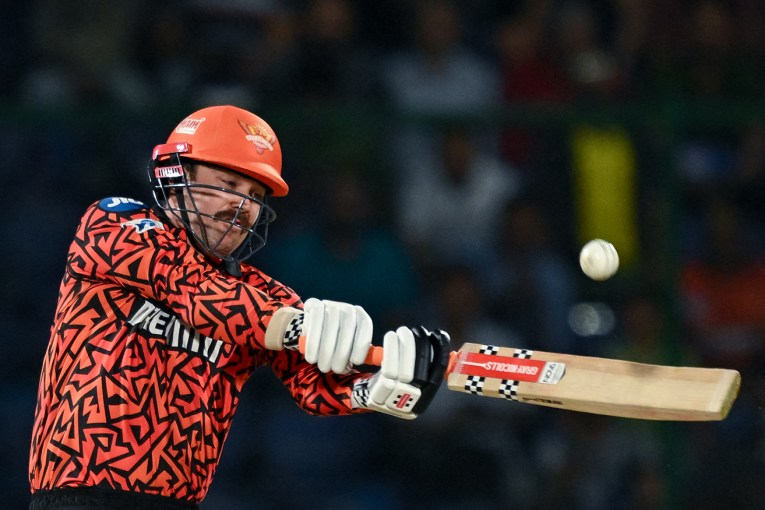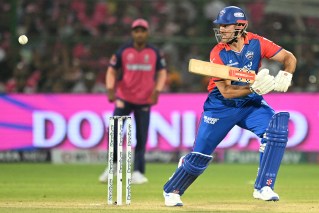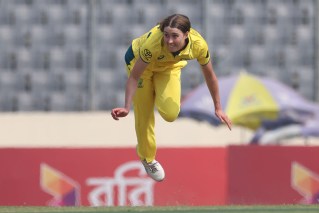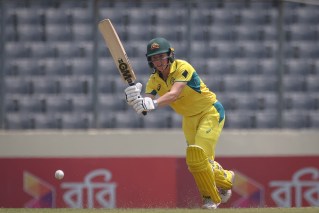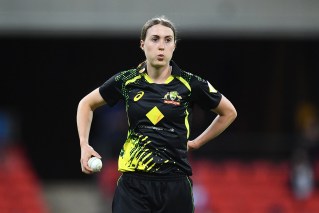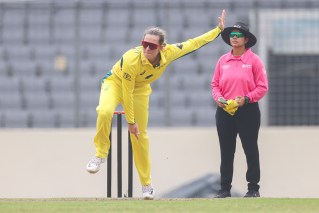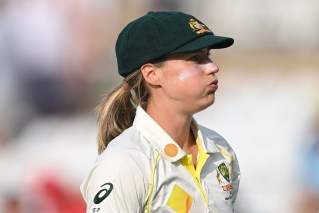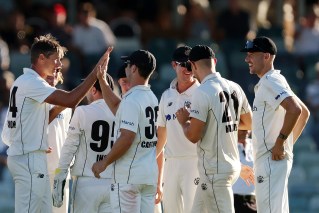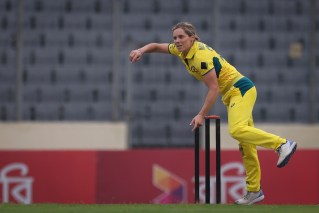Chucking swept under carpet: Mallett
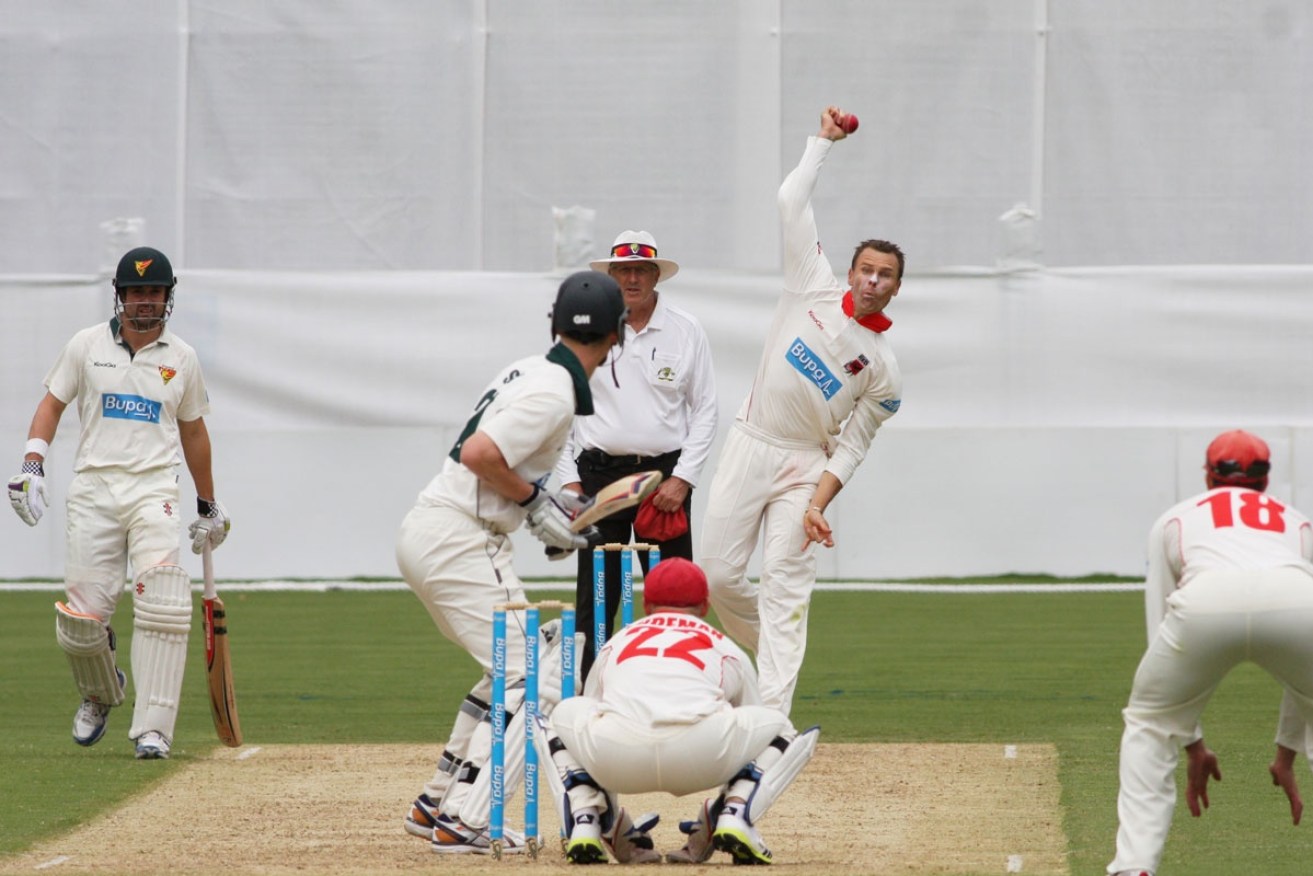
Peter Argent
Back in the late 1950s and early 1960, cricket’s “chucking” controversy reached fever pitch, but the truth is that the issue has never gone away.
Rule changes after the sensational “calling” of Sri Lanka’s Muttiah Muralitharan at the MCG in 1995 have not assuaged critics such as former Test spinner Ashley Mallett, who told The New Daily that “there are bowlers throughout the world who appear to the naked eye to chuck every ball”.
The issue was revived this week when the West Indies’ preparation for their first Test in New Zealand was thrown into chaos because two bowlers – spinner Shane Shillingford and all-rounder Marlon Samuels – were sent to Perth to have their bowling actions tested instead of joining their team-mates in Dunedin.
Recently South Australian captain Johan Botha, a South African international, has had his action tested for a third time after he was cited by umpires during the domestic one-day series in Sydney.
Botha was first reported during his Test debut in 2006 and also during a one-day international three years later. On all three occasions Botha has been cleared by testers.
Under Cricket Australia’s rules, a bowler must undergo testing after a single mention for a suspected illegal bowling action in an interstate season.
Cited bowlers need to undertake a testing within 14 days of being notified.
CA said their testing found Botha’s action for all deliveries was within the allowable elbow extension of 15 degrees, with an average extension of nine degrees.
Things were handled differently in the 1950s, when author and journalist Jack Fingleton, a former Test opener, penned a book Four Chukkas to Australia, a reference to the supposedly suspect actions of Australian bowlers Ian Meckiff, Gordon Rorke, Keith Slater and Jim Burke.
English and later Western Australian left arm spinner Tony Lock from England was accused of having an illegitimate action. In a special trip to London, Don Bradman showed Lock film of himself bowling and he changed to a legitimate flight bowler.
During the English tour of 1958-59 the travelling press coined South Australian pace bowling pair of Alan Hitchcox and Peter Trethewey, “Pitchcox and Trethrowy” and found problems with bowlers’ actions in most states.
It all came to a head when Meckiff was no balled by umpire Colin Egar in the Brisbane test against South Africa in 1963.
For a few decades the throwing issue subsided, only to be revived with Muralitharan.
Former Indian Test spinner Bishan Bedi, in an interview with ESPN Cricinfo, said” “I often tell people ‘If Murali doesn’t chuck, then show me how to bowl’. I have nothing against him personally, but it’s grossly unfair to the game.”
He continued to argue that all off spinners who bowl the “doosra” or “going-away” ball (in other words, the ball that spins in the opposite direction to a conventional off-spinner), were guilty of this transgression.
“Anyone using the elbow to turn it the other way is doing it illegally,” Bedi continued. “Now what’s this doosra thing? It’s like the other woman. Isn’t that what you would call it?
“There was a time when there were chuckers galore in Australian cricket. At one go, Bradman had them finished. It just takes a firm will.”
Pakistan’s Saqlain Mushtaq was credited with inventing the “doosra”. Others who have had the delivery in their armoury include Pakistanis Shoaib Malik and Saeed Ajmal, Sri Lankans Muralitharan and Ajantha Mendis, Indian Harbhajan Singh and Botha.
In 2009, a spin summit held at Cricket Australia’s Centre for Excellence decided not to teach the doosra to young spinners. The delegates at the meeting included former Test spinners Shane Warne, Stuart MacGill, Jim Higgs, Gavin Robertson, Terry Jenner, Peter Philpott and Mallett.
They said the doosra could not be bowled legally and, unless the International Cricket Council decided to legalise throwing, this delivery should not be taught in Australia.
Mallett, Australia’s premier spinner from the 1970s, is among many who believe this issue should be faced squarely.
“When a bowler is cited for a suspect action, he is tested by experts who almost invariably clear the bowler under suspicion,” Mallett said. “A bowler is put through the most ludicrous testing process; ludicrous because the bowler can operate with his arm perfectly straight while under scrutiny in an indoor facility, far from the heat of battle.
“He is then ‘cleared’ and free to play once more for his team whereupon he merely does as he did before. It is a stupid system and is only adding to the chucking problem and it’s a blight on the game world-wide. I think it is high time the testers were tested. Let’s face it, 200 years ago the scientists were telling us the world was flat.”
“Our umpires must be sick and tired of citing bowlers for suspect actions,” Mallett continued. “They cite the bowler and the bowler is cleared and comes back to play with the same action. It is wrong and is bringing the game of cricket into disrepute. Umpires should be given back the power to no-ball bowlers with suspect actions.
“The issue should not be left to these scientific types who do the testing. If chucking continues to happen unabated as it appears today, what message does this send to the youngsters – cricket’s future.
“Youngsters emulate their heroes and if their heroes happen to be bowlers with suspect actions the problem becomes a never-ending blight on the game. It is high time the ICC put a stop to this nonsense.”
